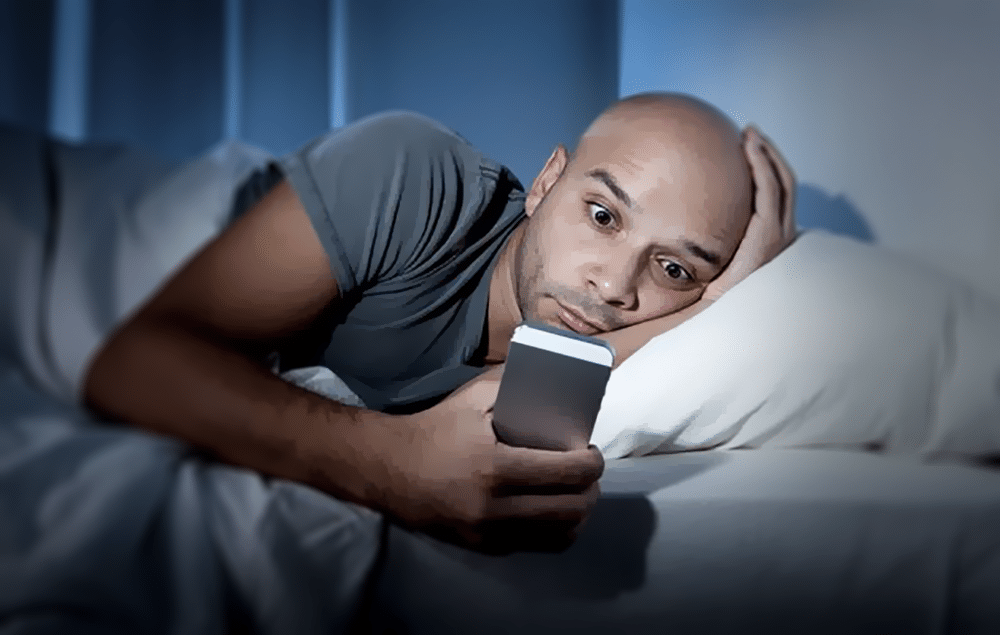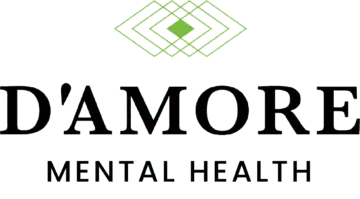Screen Stress Series:: Unwired Part 2 of 3
Physical Reactions to Screen Stress
I got to thinking about screen stress when I was at a 2-day conference event in Pasadena, CA. It was when I sat behind 3 screens: the big screen in front, my laptop, and my smartphone. I noticed my respiration (shorter breaths), heart rate (faster), laser focus, frustration with volume. The longer I was behind three screens, the more persistent the feeling of being stretched, hemmed in, pulled, poked. I noticed my engagement was a pathological variation. A product of 21st advancement, yes. A productivity standard, yes. But, pathologically analyzing, creating, and responding to the world through 3 screens, while sitting in a conference room.
Different than using a screen while it charges, our Central Nervous System requires downtime for processing information, movement, ideas, and emotions.
Learning to Adjust Your Gaze
In many ways, life is just as hard as it was before screens. Industrialization and the human capacity to avoid these tools robbing our self-efficacy is within reach – it’s all in the gaze. With advancement, change, and adaptation. Gaze adjustment.
We can come to grips with behaviors that have us dysregulated and have the power to create a daily panic. Clinicians can integrate this research to write a realistic treatment plan to reduce screen stress. A treatment plan can help improve social capital, mood, and cognition to produce the patient’s desired behavior and change. As we said in Part 1 of the series, “You are in charge of your body and mind.”
Exercising Your Brain in Healthy Ways
When a muscle is not exercised, it shrinks. When plastic is not forced to mold, remold or hold something, its static nature loses structure. The brain was meant for stretching, holding volume, and creating new connections. Nature abhors a vacuum. Every human brain wants to exercise, ready for flexibility and enhancement. So, where’s your gaze? The answer will help you shape, push, and grow your brain to be the epicenter of challenge and problem-solving.
Socrates worried books would replace memory. 2,500 years later, his fears make sense–with development comes new challenges. The brain’s ability to modify itself requires us to engage in the process. Today, much of our memory is portable, handheld, encased in glass or leather and it GLOWS! It’s lightweight. Also, if you are going through security at the airport, you will see that we only momentarily separate from “our memory.” Gaze interrupted.
The memory or power screens represent is exciting, underwhelming, and overwhelming. Gaze deficit. More connection, but somehow less connection. Gaze detached. More to see, more to do, but still left wanting. Gaze searching. We expect more from screens than we do from each other. Gaze vexed. All creating screen stress.
The Need for Human Connection
People from all backgrounds use screen technology—and no two people use screens in exactly the same way. The stress you and I feel between screen hits has a message for us. We crave feedback. The feedback loop from screen time is changing our expectations, or lack thereof, from human beings. In time, our brains could be worse, not better, sacrificing critical thinking and creativity. Instead, we choose the road that is electronically mapped, pinned, dictated, and reviewed by 500 people.
Our memory is not on an iPad, Galaxy, iPhone, laptop, PC, game, Fitbit. As human beings, memory is evident in how and when we speak, where we go, who we hold close and the time we give. Memory is part of our shape. The internet and our snappy devices hold the memory that is meant to make our lives better. In many ways, life is improving. When we click a link, we get something new to look at and evaluate.
In the blink of an eye, we have new information.
In a matter of seconds or minutes, we get likes, comments, followers, shares, texts, cute emojis, knowledge, stimuli, impressions, MORE. Screens are: Fast. Visible. Attractive. Catchy. Insistent. Thin. Unique. Efficient. Shiny. Irresistible. BUT, human memory gifts us with more. Take a moment to reflect on some basic and treasured experiences logged in your memory. Screens give us much, but they can’t measure up to the 5 senses: taste, touch, aroma, hearing, and sight.
Bruce Barton says, “Sometimes when I consider what tremendous consequences come from little things, I am tempted to think there are no little things.” The little things you experience from direct human interaction and connection add up to real memories. Connection. The memories of life are what make our lives meaningful. Connected.
In Part 3 of our series, we will explore how to create new patterns of behavior that can reduce screen stress.
You can do this! Life is better with less stress.
Stay connected, stay motivated and chances are you will enjoy a happy, healthy, less-stress life! To learn more, contact us or call 714.375.1110
D’Amore Healthcare is a dual diagnosis and substance abuse addiction treatment center in Orange County, CA.





































